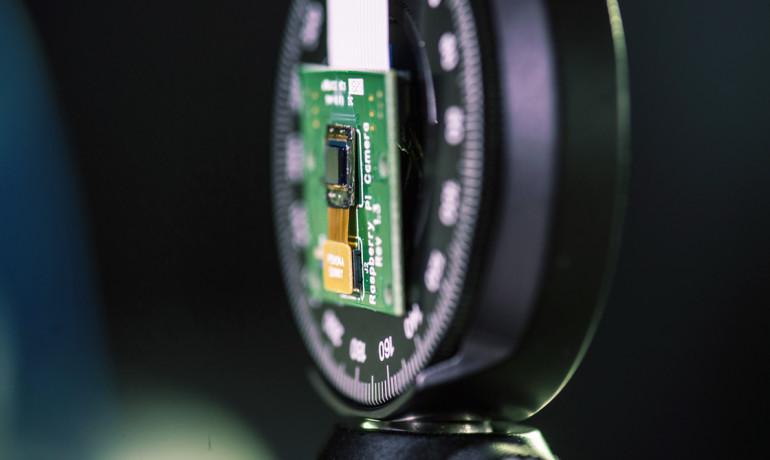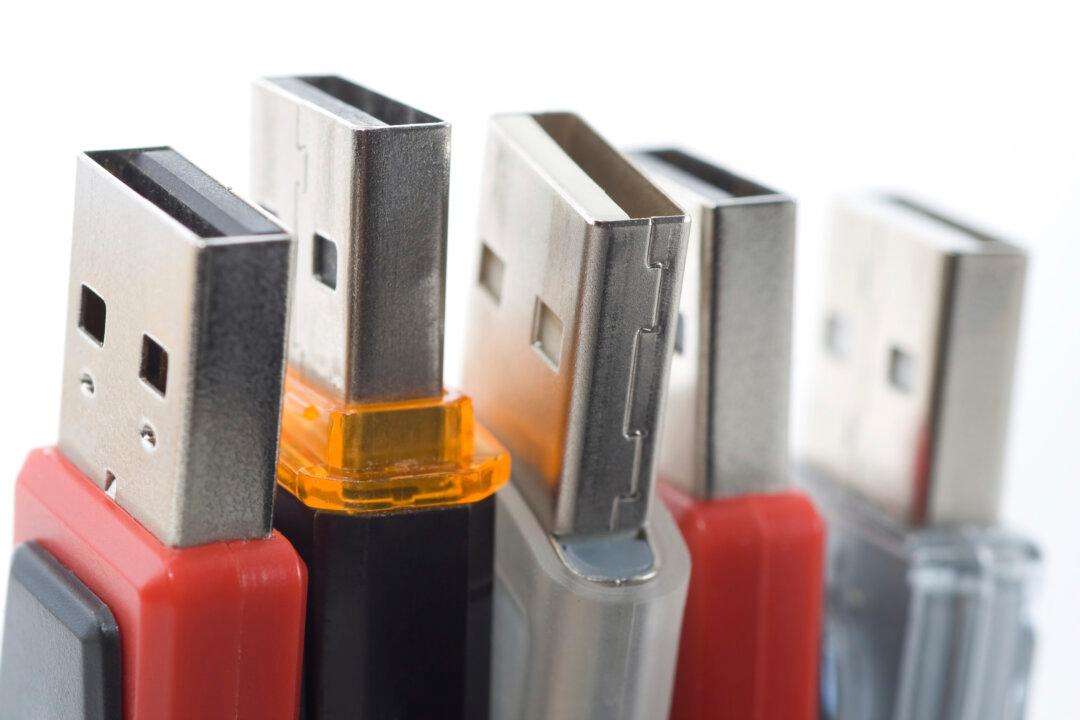A patented prototype called FlatCam is little more than a thin sensor chip with a mask that replaces lenses in a traditional camera.
Sophisticated computer algorithms are what make it practical—they process what the sensor detects and convert the sensor measurements into images and videos.
Traditional cameras are shrinking, driven by their widespread adoption in smartphones. But they all require lenses—and the post-fabrication assembly required to integrate lenses into cameras raises their cost, according to the researchers.
FlatCam does away with those issues in a camera that is also thin and flexible enough for applications that traditional devices cannot serve. FlatCams can be fabricated like microchips, with the precision, speed, and the associated reduction in costs, says Ashok Veeraraghavan, assistant professor of electrical and computer engineering at Rice University.





